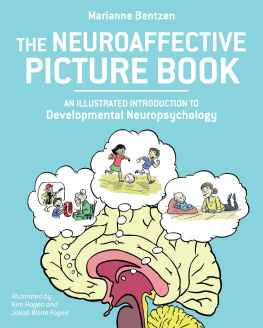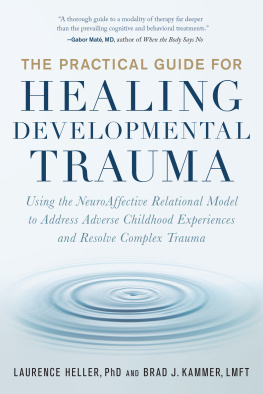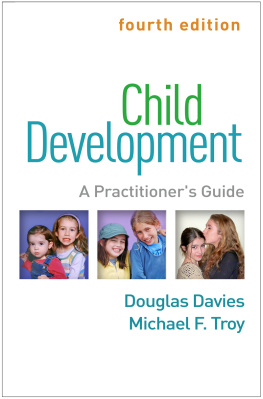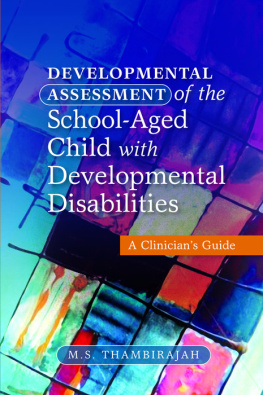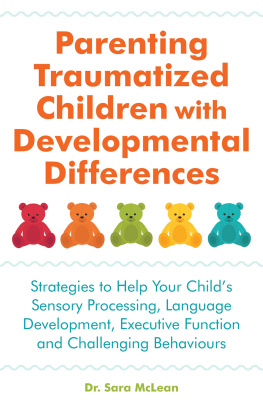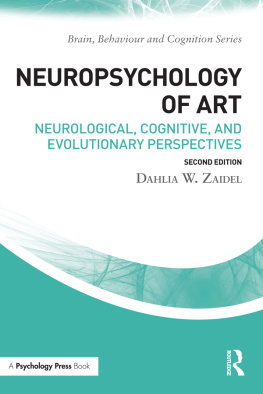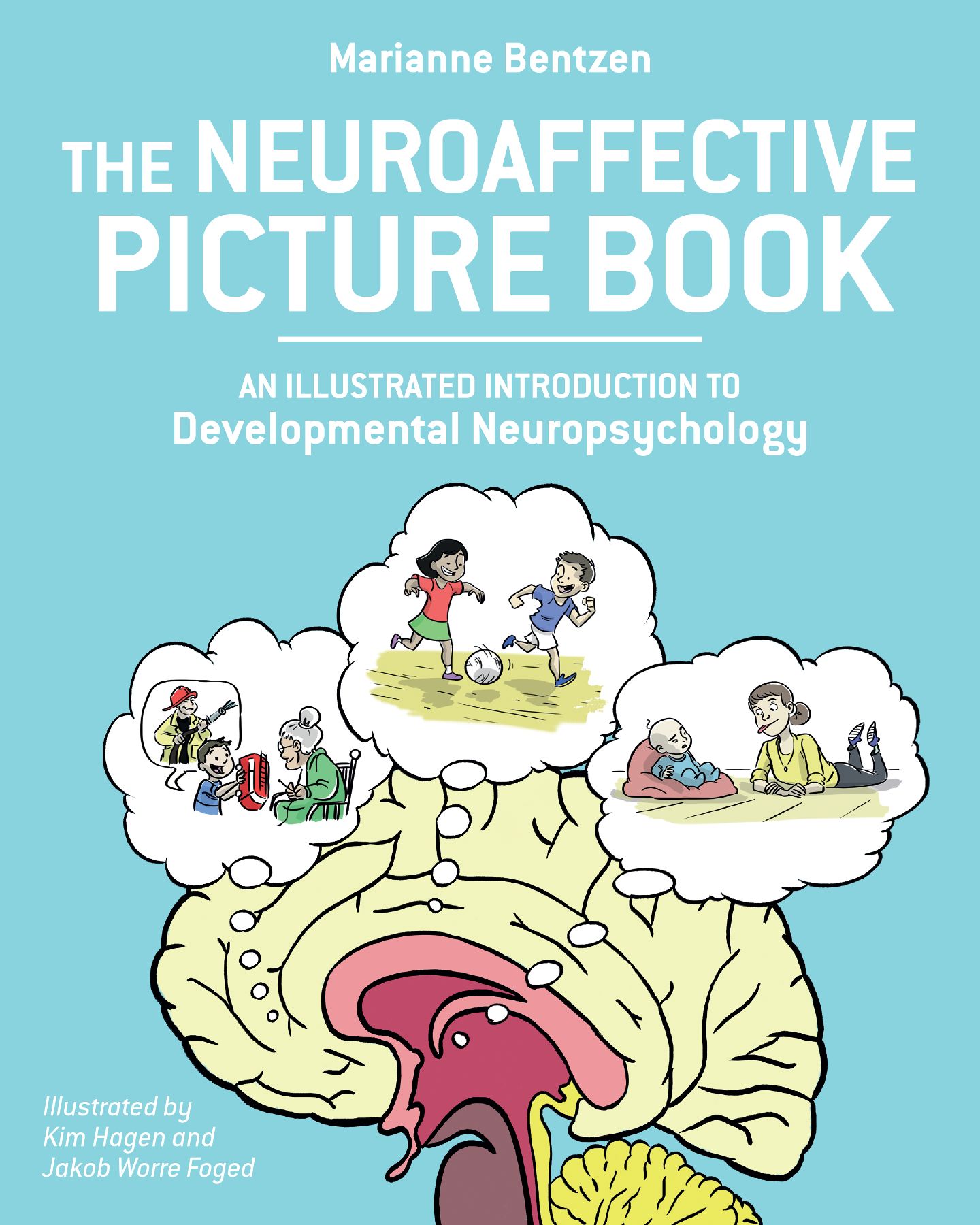
Praise forThe Neuroaffective Picture Book
Mariannes delightful picture book full of illustrations has introduced playfulness to complex neuroaffective processes. She brings to life an understanding of the triune brain and translates it to practical use with ourselves and others in our everyday life. Truly an outstanding contribution.
Susan Gantt, PhD, chair of the Systems-Centered Training and Research Institute and professor of psychiatry and behavioral sciences at the Emory University School of Medicine
We all go through early development without knowing what is happening during these early times in life. When we are getting older we start to think about our own past or about the early imprints of others. The Neuroaffective Picture Book is a jewel for this research about the secrets of early life. What a pleasure to have such a learning tool at hand!
Urs Honauer, PhD, director of the Center for Inner Ecology
I read The Neuroaffective Picture Book in one sitting. It will help many people understand basic neuroscience development and be able to use it in their lives. Bentzen really makes contact with readers and gives them something to think about and, hopefully, understand themselves and others better.
Judyth O. Weaver, PhD, RCST, SEP
The clarity and visual expression of this book is amazing. Good balance of research findings and a sense of humor! It really helped our interdisciplinary team to develop a common language with each other and our clients, deepening the mutual bonds among us. We highly recommend it as a manual not only to colleagues, but to their clients as well.
Victoria Berezkina-Orlova, director of the Russian Institute for Biosynthesis and member of the European Association of Body Psychotherapy
THE NEUROAFFECTIVE PICTURE BOOK
AN ILLUSTRATED INTRODUCTION TO
Developmental Neuropsychology
Marianne Bentzen
Illustrated by Kim Hagen and Jakob Worre Foged

North Atlantic Books
Berkeley, California
Copyright 2018 by Marianne Bentzen. All rights reserved. No portion of this book, except for brief review, may be reproduced, stored in a retrieval system, or transmitted in any form or by any meanselectronic, mechanical, photocopying, recording, or otherwisewithout the written permission of the publisher. For information contact North Atlantic Books.
Published by
North Atlantic Books
Berkeley, California
Cover design by Jasmine Hromjak
Illustrations by Kim Hagen and Jakob Worre Foged
Originally published in Danish by Hans Reitzels Forlag, Copenhagen.
Translated from the original Danish by Susan Scharwiess and Dorte Herholdt Silver.
MEDICAL DISCLAIMER: The following information is intended for general information purposes only. Individuals should always see their health care provider before administering any suggestions made in this book. Any application of the material set forth in the following pages is at the readers discretion and is his or her sole responsibility.
The Neuroaffective Picture Book An Illustrated Introduction to Developmental Neuropsychology is sponsored and published by the Society for the Study of Native Arts and Sciences (dba North Atlantic Books), an educational nonprofit based in Berkeley, California, that collaborates with partners to develop cross-cultural perspectives, nurture holistic views of art, science, the humanities, and healing, and seed personal and global transformation by publishing work on the relationship of body, spirit, and nature.
North Atlantic Books publications are available through most bookstores. For further information, visit our website at www.northatlanticbooks.com or call 800-733-3000.
Library of Congress Cataloguing-in-Publication data is available from the publisher upon request.
Contents
In the course of my three decades of teaching developmental psychology to professional mental health workers, I realized that while most of them already knew much of the theory, they struggled with translating it to their practice with children and grown-ups. Somehow, it was difficult to get from insights to gut feelings and action. Images, being nonverbal, help with that, so I sat down to write a picture book about developmental psychology and interaction.
Since its first Danish publication, it has found its way into other languages, and I have been deeply moved by the many enthusiastic responses from people all over the worldranging from young parents, school children, and hospital clowns to psychologists and psychiatrists working in psychiatric units or in war zones.
In fact, neuroscientists estimate that our interactions with others are nonverbal and to a surprising degree unconscious, while most of our conscious focus in everyday life, and in teaching and psychotherapy approaches, is verbal.
The profound interweaving of the nonverbal and verbal realms is foundational to the concepts of neuroaffective personality development. For the sake of simplicity, I have pretty much skipped references in this book, but if you are interested in the theory and the research behind it, you will find some resources at the back of the book.
Curiosity and playfulness are central to learning, so I hope that Kim Hagen and Jakob Worre Fogeds light-hearted illustrations can help re-establish some of the lost connections between your verbal and nonverbal consciousness.
Enjoy!
Marianne Bentzen
Brain, Interaction, and Personality Development
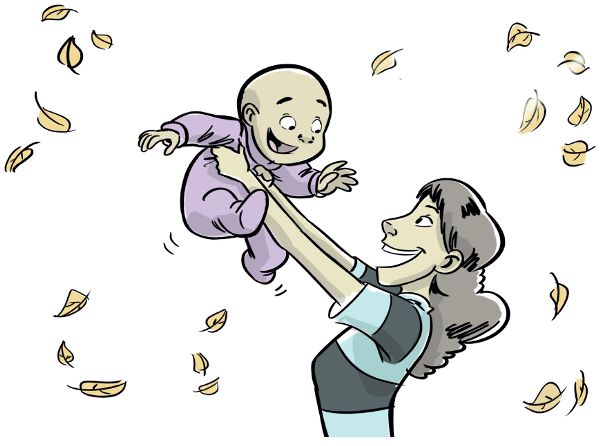
Most people think that we use our brains primarily for thinking and making rational decisions. This would explain why so many of the methods developed for education and problem-solving in the twentieth century aimed to make us as rational as possible. However, after studying people with brain damage who had lost the connection between rational thinking and behavior, neuroscientists realized that people with normal brain function might also have a similar disconnect.
Neuroscientists realized that we constantly use our brains to sense and feel. Additionally, if we lack a strong connection to our feelings and what our bodies are sensing, our ability to think clearly, act reasonably, and maintain good personal relationships becomes compromised.

A person might well make sensible and rational choices for others, for example by advising a friend to watch his money in a casino, while at the same time gambling away all his own money.
From the day we are born, we learn to sense and feel through our experiences of contact, imitation, and care. These emotional exchanges with other humans provide the basis for our personality development in an interactive maturation process called neuroaffective development, which is the topic of this book.
Emotional maturation is a learning process; the ability to share with others through body movements and feelings is something we have to learn, just as we have to learn to talk. In fact, it is a kind of pre-verbal
Next page
